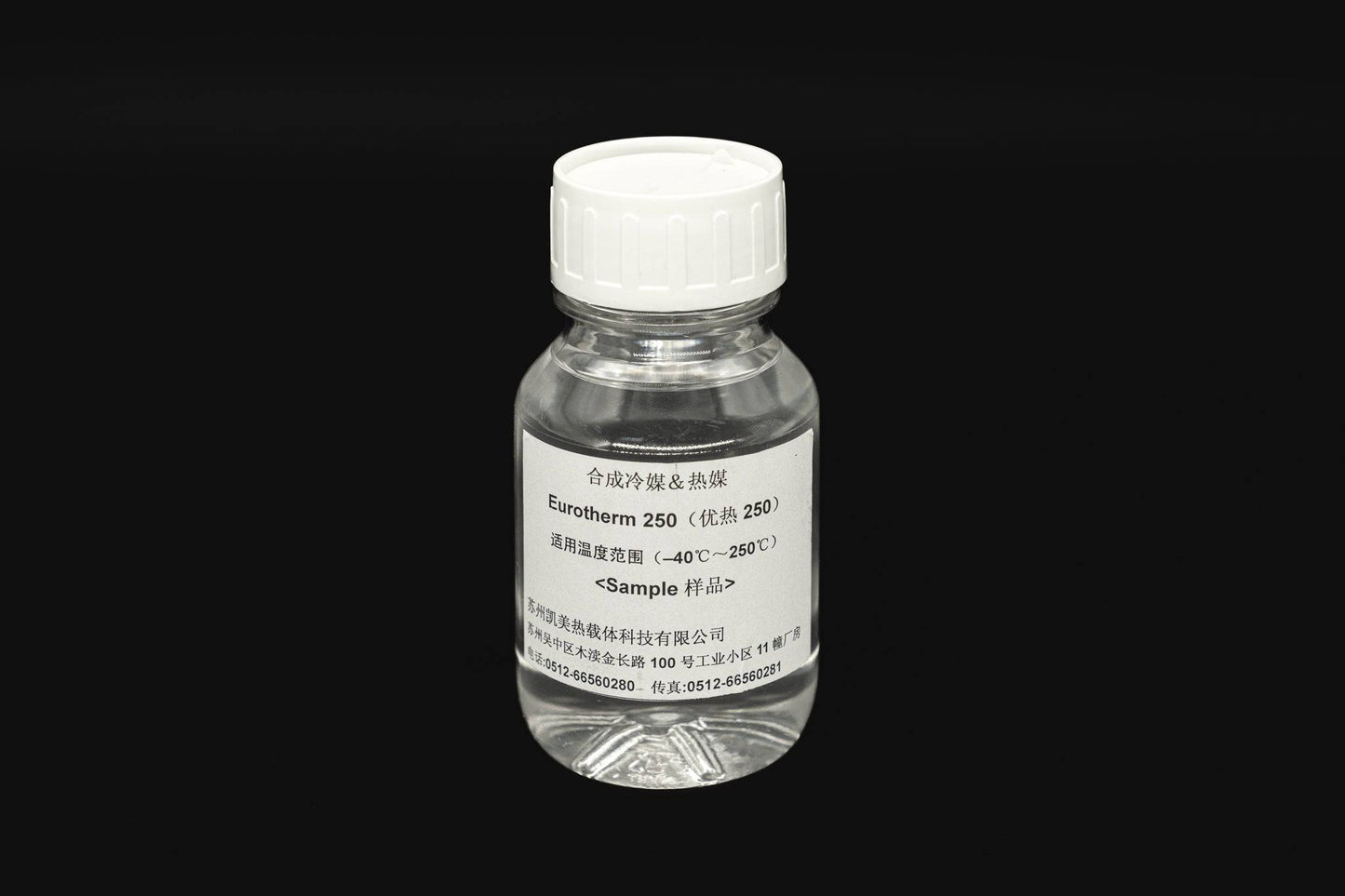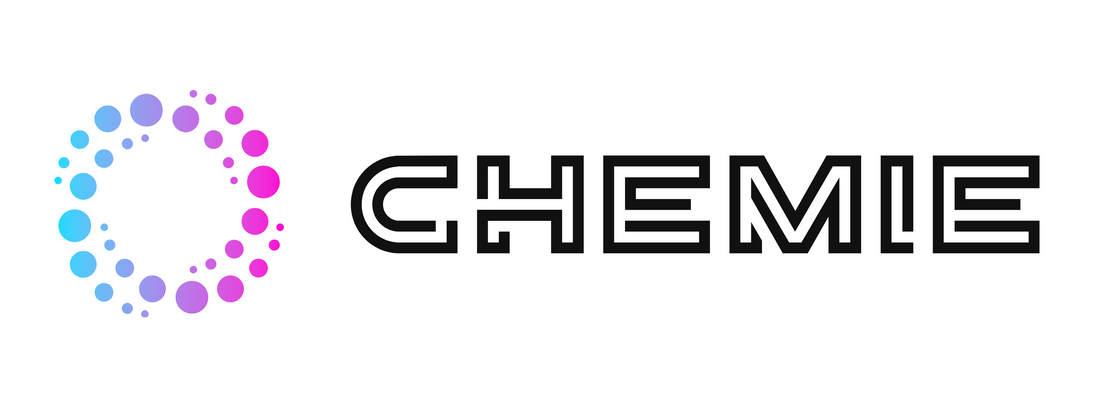The 4-Minute Rule for Chemie
The 4-Minute Rule for Chemie
Blog Article
Everything about Chemie
Table of ContentsA Biased View of ChemieSome Known Details About Chemie Chemie Can Be Fun For EveryoneHow Chemie can Save You Time, Stress, and Money.The Buzz on ChemieChemie Fundamentals Explained
(https://www.4shared.com/u/mKZvE6Vq/betteanderson.html)Measured adjustment in electric conductivity of liquid examples as a function of time when stirred with the resin example in the closed indirect cooling loophole experiment. Figure 6 shows the modification in the determined electrical conductivity of the liquid examples when stirred with the resin example. The conductivity of the water example from the closed loop experiment reduced by approximately 70% from 11.77 S/cm to 3.32 S/cm in 6 hours.These results showed that the capacity of the resin depends upon the test liquid made use of for the experiment. This shows that various ions existing in the fluid will certainly result in various ion exchange ability of the liquid. Computing the ion exchange resin capacity with the fluid sample from the real air conditioning loophole is vital.
The Of Chemie
An ion exchange resin cartridge containing 20g of Dowex blended bed resin might take on order 938 days to saturate - silicone fluid. Simply put, to preserve a low electric conductivity, a resin cartridge with the dimension and weight spec as that of the resin cartridge utilized in the experiment, require to be transformed every 30 months for the cooling system that was made use of in the experiment
The air conditioning of digital parts has actually become a major challenge in current times due to the developments in the design of faster and smaller components. The use of a fluid coolant has actually become attractive due to the greater heat transfer coefficient accomplished as compared to air-cooling.
The 10-Minute Rule for Chemie
A single phase air conditioning loop contains a pump, a warmth exchanger (chilly plate/mini- or micro-channels), and a warm sink (radiator with a fan or a liquid-to-liquid warmth exchanger with cooled water cooling). The heat resource in the electronic devices system is attached to the warm exchanger. Liquid coolants are additionally made use of in two-phase systems, such as warm pipelines, thermo-siphons, sub-cooled boiling, spray cooling, and direct immersion systems [2, 4]
The requirements may differ relying on the kind of application. Complying with is a list of some basic demands: Excellent thermo-physical homes (high thermal conductivity and specific heat; reduced viscosity; high concealed heat of evaporation for two-phase application) Low cold point and ruptured point (in some cases ruptured protection at -40 C or reduced is required for delivery and/or storage objectives) High climatic boiling factor (or reduced vapor pressure at the operating temperature) for solitary phase system; a slim desired boiling point for a two-phase system Excellent chemical and thermal security for the life of the electronic devices system High flash point and auto-ignition temperature (sometimes non-combustibility is a need) Non-corrosive to products of building and construction (metals in addition to polymers and various other non-metals) No or marginal regulatory restraints (eco-friendly, safe, and perhaps naturally degradable) Economical The finest electronic devices coolant is an economical and harmless liquid with superb thermo-physical buildings and a lengthy solution life.
The 8-Minute Rule for Chemie
Many of these fluids have a non-discernible smell and are nontoxic in situation of contact with skin or consumption. As stated in the past, aliphatic PAO-based fluids have replaced the silicate-ester liquids in a variety of military electronic devices (and avionics) cooling down applications in the last decade. An additional class of popular coolant chemistry is dimethyl- and methyl phenyl-poly (siloxane) or frequently known as silicone oil.
Fluorinated compounds such as perfluorocarbons (i.e., FC-72, FC-77) hydrofluoroethers (HFE) and perfluorocarbon ethers (PFE) have certain unique buildings and can be utilized touching the electronics [4, 8] Of all, these liquids are non-combustible and safe. Some fluorinated compounds have zero ozone diminishing potential and other environmental buildings.
Ethylene glycol is anemic and almost odor free and is totally miscible with water. When correctly inhibited, it has a fairly low corrosivity. This coolant is classified as toxic and should be dealt with and disposed of with treatment. The top quality of water used for the prep work of a glycol solution is very essential for the system.
The Buzz on Chemie

This is a low cost antifreeze service, locating use in refrigeration solutions and ground resource warmth pumps - inhibited antifreeze. This liquid can be used down to -40 C owing to its reasonably high price of warmth transfer in this temperature level array.
It is taken into consideration even more harmful than ethylene glycol and as a result her latest blog has discovered usage just for process applications located outdoors. Methanol is a flammable fluid and, as such, presents a potential fire hazard where it is saved, took care of, or used.
Not known Details About Chemie
As a combustible fluid, it needs certain preventative measures for handling and storage space. Aqueous remedies of calcium chloride find broad usage as flowing coolants in food plants. It is non-flammable, non-toxic and thermally a lot more reliable than the glycol services. A 29% (by wt.) calcium chloride service has a freezing point below -40 C.

Report this page